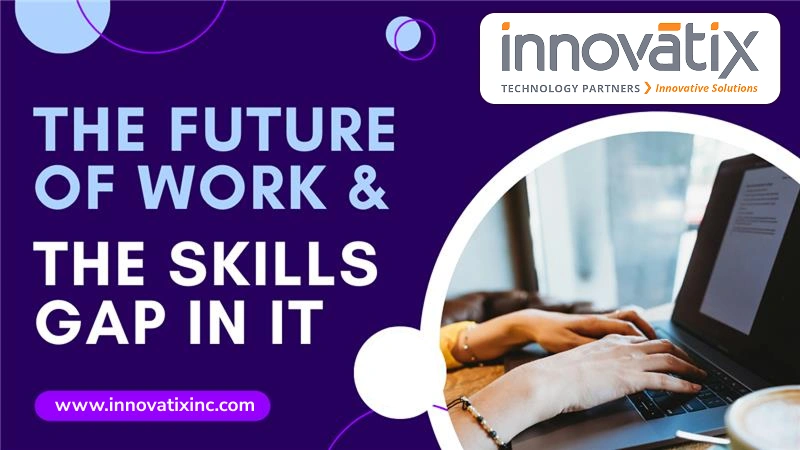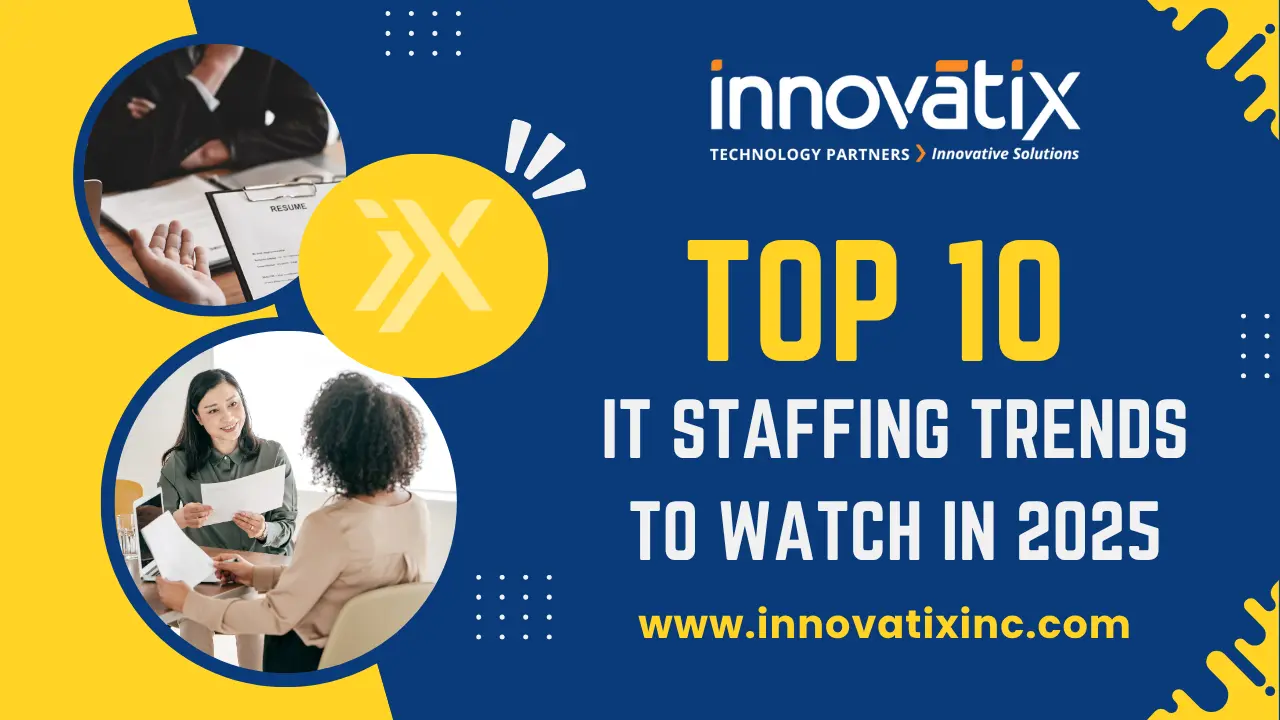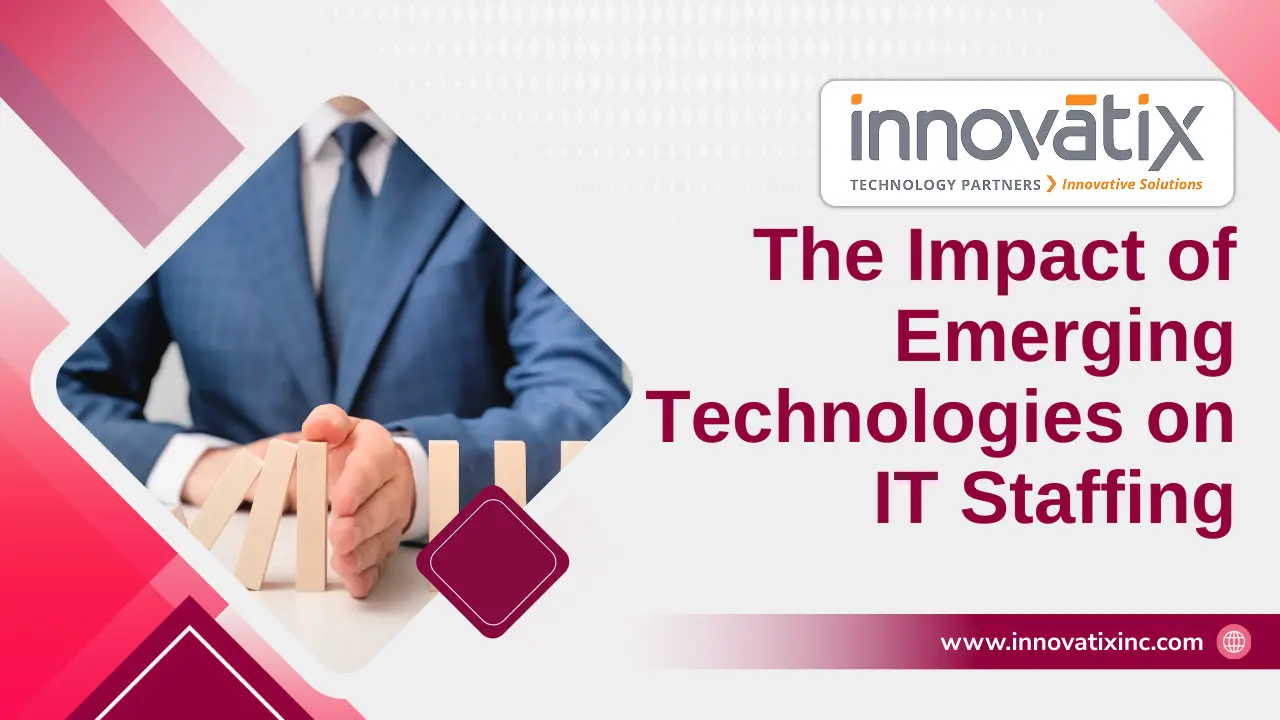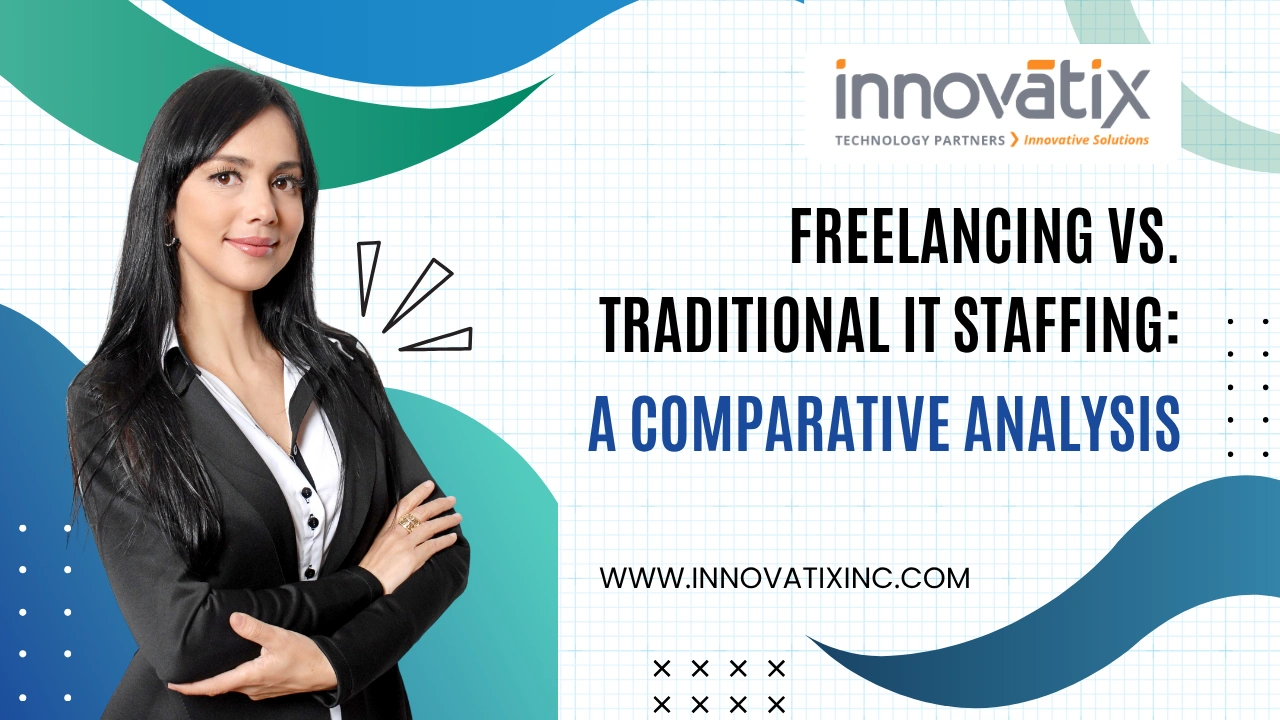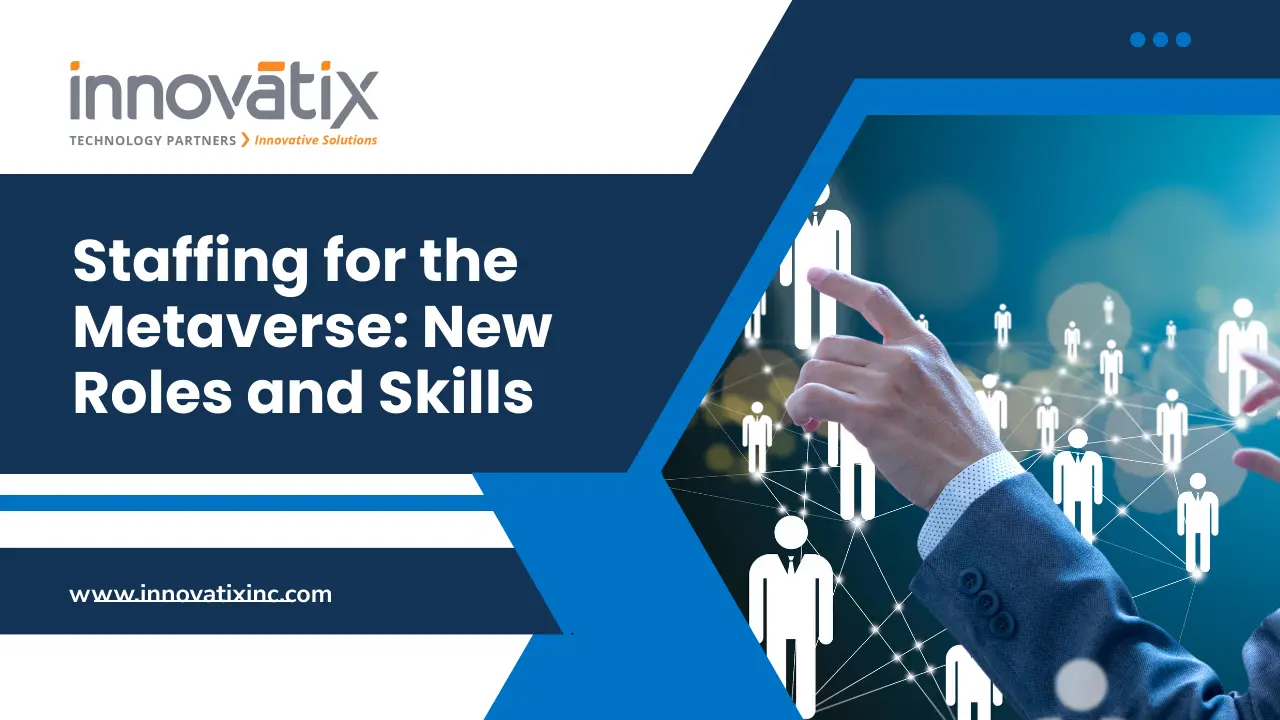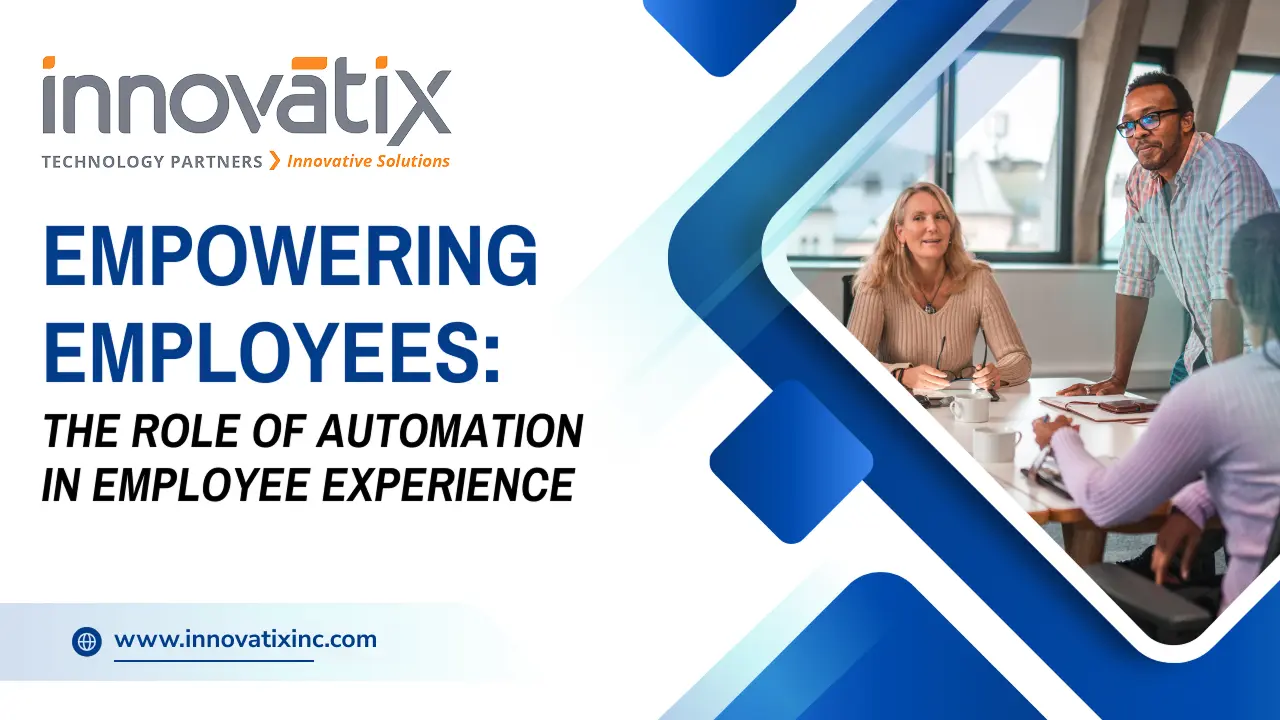Top 12 IT Jobs in 2026 (and Why They’ll Matter More Than Ever)
Technology is moving fast, and so are the roles needed to build, secure, and guide it. As AI, automation, and cloud reshape businesses, some IT roles are becoming especially valuable. Here are the top 12 IT jobs in 2026, what they do, why they matter, and the core skills you’ll need if you want to pursue them. Artificial Intelligence (AI) / Machine Learning (ML) Engineer What they do:AI/ML Engineers design, build, and deploy models that power intelligent systems—recommendation engines, chatbots, fraud detection, predictive maintenance, computer vision, and more. By 2026, many products will have AI “under the hood,” and these engineers make that possible. Key responsibilities: Build and train ML models using large datasets Deploy models to production (often via APIs or cloud platforms) Optimize performance, latency, and cost Collaborate with data scientists, product teams, and MLOps engineers Core skills: Python (NumPy, pandas, scikit-learn), plus frameworks like TensorFlow or PyTorch Strong math/statistics (linear algebra, probability, optimization) Experience with cloud ML platforms (AWS Sagemaker, Google Vertex AI, Azure ML) Understanding of MLOps: model versioning, monitoring, and retraining Who it’s ideal for:People who enjoy math, experimentation, and turning models into real-world products. Whitepaper: Exploring the Choices of IT Staff Augmentation IT staff augmentation can be categorized into two main models: onsite and offsite. Each of these models has its benefits and potential challenges. Download our comprehensive whitepaper on choices of IT Staff Augmentation to learn these in detail. Download Whitepaper Cybersecurity Specialist / Analyst / Engineer What they do:Cybersecurity professionals protect systems, data, and people from attacks. With AI-boosted threats, remote work, and more connected devices, security will be one of the most critical IT functions in 2026. Key responsibilities: Monitor networks and systems for suspicious activity Respond to and investigate incidents and breaches Conduct security assessments, penetration tests, and vulnerability scans Implement and maintain security controls, policies, and compliance standards Core skills: Knowledge of networks, operating systems, firewalls, SIEM tools Familiarity with standards and frameworks (NIST, ISO 27001, SOC 2) Scripting (Python, Bash, PowerShell) for automation Understanding of cloud security (IAM, encryption, zero trust) Who it’s ideal for:Analytical, detail-oriented people who like solving puzzles and thinking like both attacker and defender. Cloud Architect / Cloud Engineer What they do:Cloud Architects and Engineers design and manage scalable, reliable infrastructure on platforms like AWS, Azure, and Google Cloud. As more companies go “cloud-first” and run AI workloads, demand for cloud skills will stay high. Key responsibilities: Design cloud architectures for applications and data platforms Migrate on-premise systems to the cloud Optimize for security, cost, and performance Use Infrastructure as Code (IaC) to automate deployments Core skills: Deep understanding of at least one major cloud provider Networking, storage, compute, containers (Docker, Kubernetes) IaC tools (Terraform, CloudFormation, Pulumi) Security and cost management (identity, resource policies, budgeting) Who it’s ideal for:Those who enjoy big-picture systems thinking and building robust technical foundations. Data Scientist / Data Analyst What they do:Data Scientists and Analysts help organizations make sense of data and turn it into decisions, experiments, and strategy. Even with AI tools automating parts of the workflow, the need for humans who can ask the right questions and interpret results will remain strong. Key responsibilities: Collect, clean, and analyze data from various sources Build statistical models and data visualizations Design and evaluate experiments (A/B testing) Communicate insights and recommendations to stakeholders Core skills: SQL, Python or R, and data visualization tools (Tableau, Power BI, Looker) Statistics: hypothesis testing, regression, experimentation For Data Scientists: ML basics (classification, clustering, time series) Business understanding and communication skills Who it’s ideal for:Curious problem-solvers who like numbers and storytelling. DevOps Engineer / Site Reliability Engineer (SRE) What they do:DevOps Engineers and SREs ensure software is delivered quickly, reliably, and safely. They sit between development and operations, automating everything from testing to deployment to monitoring. Key responsibilities: Build CI/CD pipelines for automated testing and deployment Monitor performance, availability, and reliability of systems Automate operational tasks (scaling, backups, failover) Work with developers to make systems more resilient Core skills: Linux, networking, and cloud infrastructure CI/CD tools (GitHub Actions, GitLab CI, Jenkins, CircleCI) Containers and orchestration (Docker, Kubernetes) Observability tools (Prometheus, Grafana, Datadog, New Relic) Scripting (Python, Bash, Go) Who it’s ideal for:Engineers who like automation, performance tuning, and keeping complex systems stable under pressure. Data Engineer What they do:Data Engineers build the pipelines and infrastructure that make analytics and AI possible. They move, transform, and organize data so it’s accurate, reliable, and ready for use. Key responsibilities: Design and maintain data pipelines (batch and real-time) Build and manage data warehouses/lakes Ensure data quality, governance, and security Work closely with data scientists and analysts Core skills: Strong SQL and data modeling Big data tools (Spark, Kafka, Flink) and ETL/ELT platforms (Airflow, dbt) Cloud data services (BigQuery, Snowflake, Redshift, Databricks) Programming (Python/Scala) and knowledge of APIs Who it’s ideal for:People who like building robust systems and working behind the scenes to make data useful at scale. Product Manager (Technical / AI) What they do:Technical and AI Product Managers define what gets built and why. They sit at the intersection of business, engineering, and users—especially important as companies roll out AI-powered products and features. Key responsibilities: Define product vision, roadmap, and success metrics Gather and prioritize requirements from users and stakeholders Work with engineering, design, and data teams to deliver features Ensure AI features are useful, ethical, and aligned with strategy Core skills: Product thinking: problem definition, prioritization, trade-off decisions Technical literacy (APIs, data, AI capabilities and limitations) Communication, stakeholder management, and user research Understanding of AI product risks (bias, privacy, explainability) Who it’s ideal for:People who love both tech and business, and enjoy coordinating teams to deliver real value. UX/UI & Immersive Experience Designers What they do:UX/UI Designers create intuitive digital experiences; immersive designers extend this to AR, VR, and mixed reality. By 2026, many products will blend traditional interfaces with voice, gesture, and spatial computing. Key responsibilities: Research user needs, behaviors, and pain points Design flows, wireframes, prototypes, and final interfaces Create immersive experiences for AR/VR





